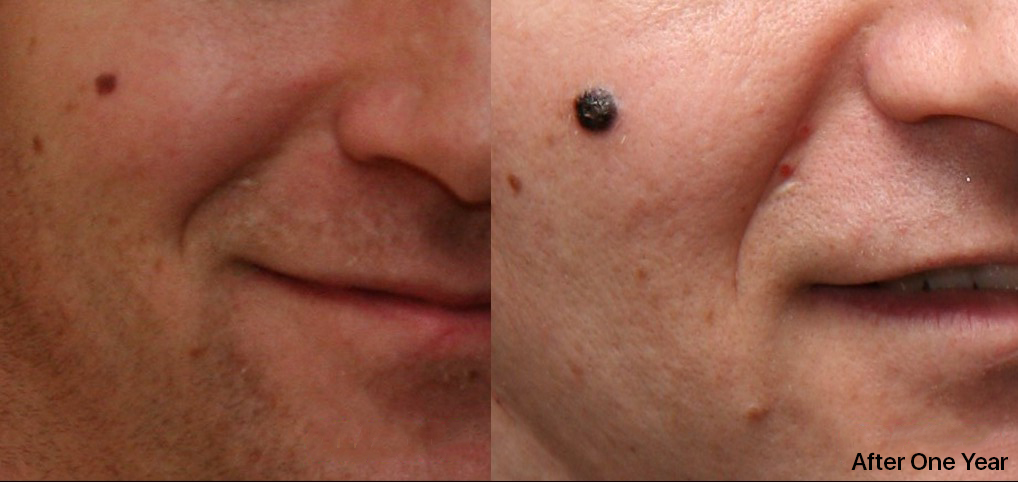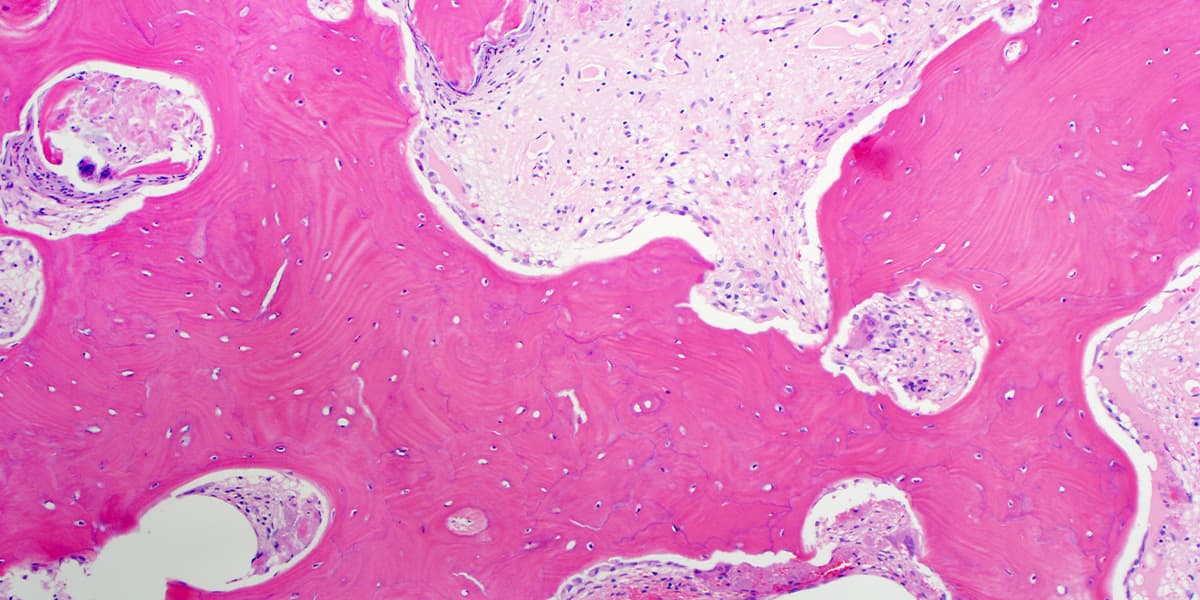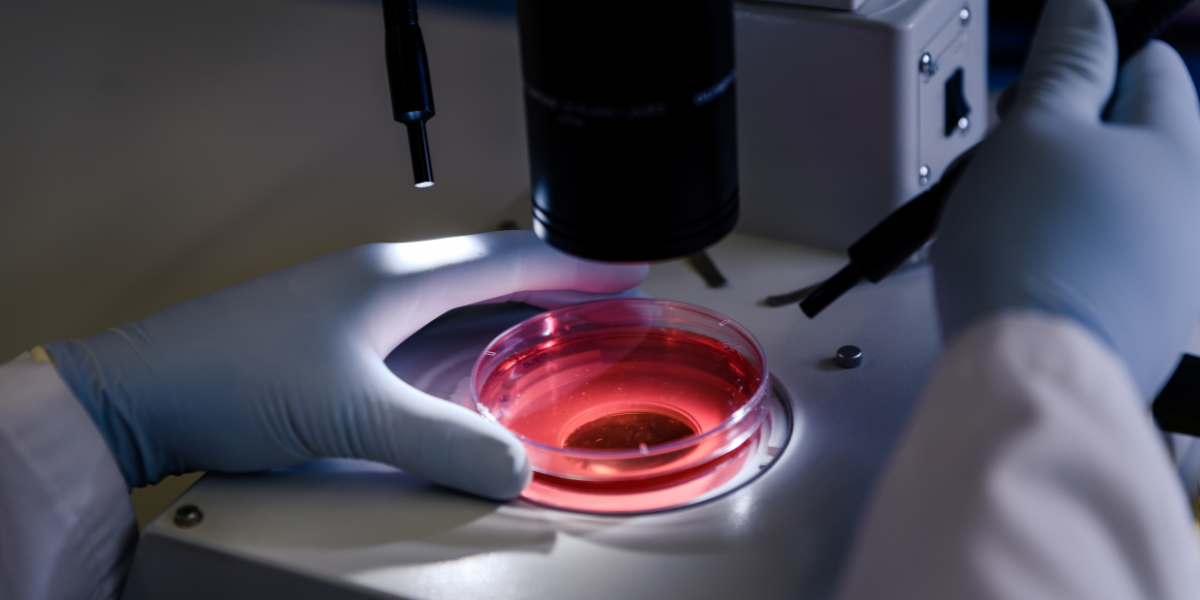Melanoma is the most serious type of skin cancer; in the United States, it is estimated that 7,650 people will die of melanoma in 2022. Recognizing the different types of melanoma cancer is important because early detection and treatment can save your life.
What Types of Pathology Do We Offer?
>> Download Our Infographic to Learn More <<
What is Melanoma?
Within your skin, there are cells that produce melanin—the pigment which gives your skin its color. Melanoma is a type of skin cancer that develops with these cells. However, it’s possible for melanoma to form in other parts of your body including your eyes and, in some cases, in your throat or nose.
Melanoma is not as common as other types of skin cancer, but it is the most dangerous: if not diagnosed and treated early, it can quickly spread to other parts of the body. If melanoma spreads further into the skin or other organs, it can become more challenging to treat and, in some cases, fatal. This is why it’s important to recognize the signs of melanoma.

Melanoma will continue to grow and possibly spread when left untreated. | Photo: Andrew Meyerson
Types of Melanoma
Superficial Spreading Melanoma
The most common form of melanoma, it starts growing along the top layer of the skin and penetrates deeper into the skin over time. It can be found nearly anywhere on the body, but the most common places are on the torso, legs, and upper back.
Superficial spreading melanoma may appear flat or slightly stick out from the skin. It usually forms an asymmetrical, discolored patch with some uneven edges on the skin. The color can appear as tan, brown, black, red, pink, blue, or white.
Nodular Melanoma
The second most common form of melanoma and the most aggressive type, where the tumor tends to grow downward into the deeper layer of skin. It’s also most frequently located on the torso, legs, and arms.
Nodular melanoma may appear as a bump on the skin, usually blue-black in color, and can also appear as a pink-red bump.
Lentigo Maligna
This form of melanoma often develops in older people. Similar very the superficial spreading type, the tumor becomes invasive and spreads beyond the original site. It most likely develops on sun-damaged skin on the face, ears, arms, or torso.
The patch may appear to look flat or slightly raised off the skin, and/or may appear blotchy with irregular borders. The color may vary: it can be blue-back, tan, brown, or deep brown.
Acral Lentiginous Melanoma
This type of melanoma usually appears on the palms of the hands, soles of the feet, and under the finger and toenails. Though it is much more common on the feet than on the hands. The color may appear blackish or brown.
How to Detect Melanoma
Melanoma can often be detected early, so it is recommended to check your own skin at least once a month. Examine all areas of your body including the palms of your hands and soles of your feet, under your nails, scalp, especially in men, ears, torso, and your back.
If a mole on any part of your body is new or changing in size, shape, or color it is important to see your doctor immediately. Your doctor can do a small biopsy and send your sample to the pathology lab to run some tests. South Bend Medical Foundation’s team is experienced in various specialties to ensure fast, accurate diagnoses.




